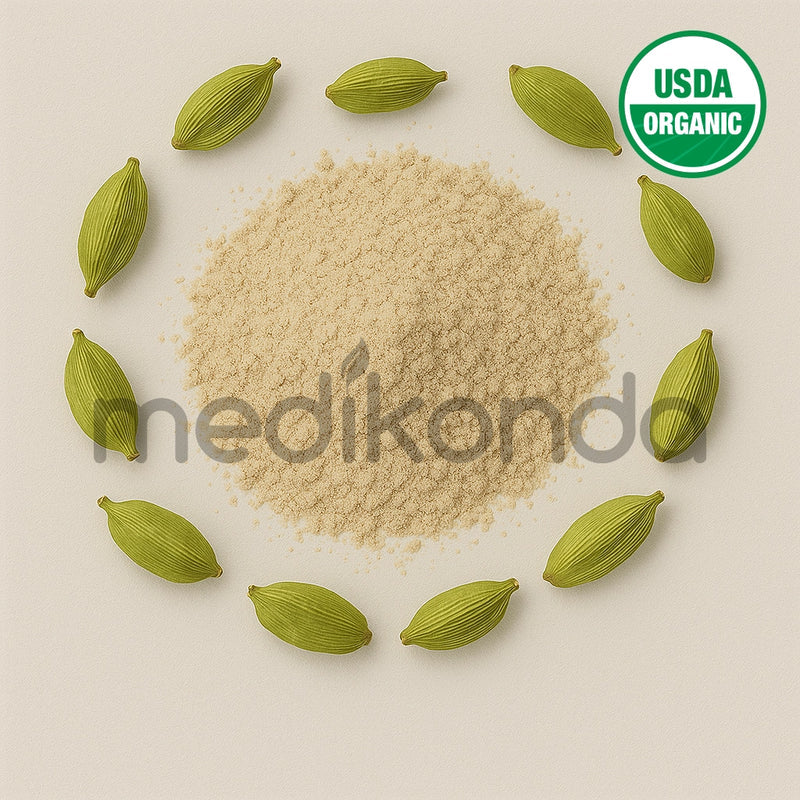Add description, images, menus and links to your mega menu
A column with no settings can be used as a spacer
Link to your collections, sales and even external links
Add up to five columns
Add description, images, menus and links to your mega menu
A column with no settings can be used as a spacer
Link to your collections, sales and even external links
Add up to five columns
LOOKING FOR BULK INGREDIENTS PRICING?
GET INSTANT QUOTEwhat ingredient are you looking for?

Benefits of Calomel Powder - Wholesale B2B Bulk Suppliers in Australia and New Zealand
Calomel Powder: History, Properties, and Modern Perspectives
What is Calomel Powder?
Calomel, chemically known as mercurous chloride (Hg₂Cl₂), is a white to grayish-white powder once widely used in medicine. Its name is derived from the Greek words kalos (beautiful) and melas (black), likely referencing the black precipitate it forms with ammonia. Calomel has a long and controversial history, especially in early pharmacology, where it was prized for its purgative and antiseptic effects.
Despite its decline in modern medicine due to safety concerns, calomel still holds importance in chemistry, historical research, and specialized applications.
Chemical Properties
-
Chemical Formula: Hg₂Cl₂
-
Appearance: White or slightly yellowish powder
-
Odor: Odorless
-
Solubility: Insoluble in water and alcohol; reacts with ammonia and light
-
Toxicity: Contains mercury—can be toxic if inhaled, ingested, or absorbed through skin
Historical Uses of Calomel Powder
1. Medicine
From the 16th to the 19th century, calomel was a staple in Western medicine. Physicians used it as:
-
A laxative and purgative to "cleanse" the body
-
A treatment for syphilis, fevers, and constipation
-
An ingredient in teething powders for infants (now discontinued due to mercury poisoning)
While it was effective in some cases, repeated or high doses led to mercury poisoning, also known as calomel disease—causing symptoms such as tooth loss, salivation, tremors, and neurological damage.
2. Antiseptic
Calomel was also used externally as an antiseptic powder for wounds and skin infections due to its antibacterial properties.
Modern and Specialized Applications
Although no longer used in conventional medicine, calomel has niche applications:
1. Electrochemistry
Calomel is used in the saturated calomel electrode (SCE), a reference electrode commonly employed in electrochemical measurements. It provides a stable voltage reference in pH meters and other devices.
2. Analytical Chemistry
Due to its stability under specific conditions, calomel is occasionally used in laboratory-grade experiments related to redox reactions and electrode calibration.
3. Historical Research and Restoration
Historians and conservators studying 17th–19th-century medicine or restoring old medical texts and artifacts may encounter and work with calomel as part of their research or preservation efforts.
Safety and Handling
Calomel is a mercury-based compound, and as such, must be handled with great care:
-
Toxicity: Can be harmful or fatal if inhaled or ingested
-
Protective Measures: Always wear gloves, protective clothing, and a mask when handling
-
Storage: Keep in tightly sealed containers away from light and moisture
-
Disposal: Must be disposed of as hazardous waste in accordance with environmental regulations
Due to its toxic nature, calomel is strictly controlled and often restricted from sale or use in consumer products.
Final Thoughts
Calomel powder is a compound with a fascinating yet cautionary legacy. Once hailed as a miracle drug, it later became infamous for its toxic effects. While it no longer plays a role in mainstream medicine, its influence on medical history and its continued use in scientific instrumentation make it a compound worth understanding. Respect for its potency and proper handling are essential whenever calomel is used in modern settings.
For bulk orders and inquiries, visit Medikonda Nutrients - Calomel Powder
Medikonda Nutrients is the Largest Manufacturer, B2B Bulk Wholesale Supplier of Calomel Powder in Australia and New Zealand.
Also in Medikonda: Health & Wellness
SUBSCRIBE NOW ...
Don't miss to get latest updates on sales, new releases and promotions




